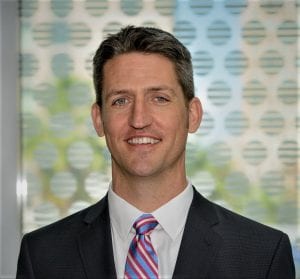
Shamus Roller is the executive director of the National Housing Law Project. He is formerly the executive director of Housing California.
The discussion of homelessness is dominated by stories of personal mistakes, bad luck, and mental illness. In contrast to this narrative, we know that roughly 10 percent of all people living in poverty will be homeless at some point during the next year. Homelessness is primarily a consequence of our failure to provide decent jobs and affordable housing to people living on extremely low incomes. And if we want to promote solutions to homelessness, those of us in community development need to take a larger role.
One of the things that I have learned working in advocacy around community development and homelessness is that the stories in the papers that individualize and medicalize homelessness are just stories. These stories give us little insight in how to end homelessness and the relationship between poverty and homelessness. The lessons in Sacramento from the Homeless Prevention and Rapid Rehousing Program (funded through the federal stimulus package) is that if you can interrupt the precipitating event that causes homelessness and people can often maintain housing after that point. Homelessness is mostly the failure of a safety net, with regular employment and affordable housing being the most important factors.
The economic, health, and social indicators of people who become homeless diminish rapidly. I can think of few other social conditions of the developed world that so quickly produce bad health outcomes, disconnect you from society, and make it difficult to get employment. When you become homeless you lose your neighbors, children are often forced to change schools, and it becomes extremely difficult to find or keep employment. Homelessness takes a disproportionate personal and societal toll.
Unfortunately, in many communities, there is a cultural and organizational divide between organizations that are ostensibly doing community development and those serving homeless people. The 10-year plans to end chronic homelessness and some of the efforts toward “Housing First” have bridged some of this divide, but that progress has only been incremental.
Community development organizations have the opportunity to play a pivotal role in ending homelessness and need to make clear that community development that serves the lowest income people is truly homelessness prevention, as well as providing housing to people that are currently homeless. Poverty creates a great vulnerability to becoming homeless and people’s individual situations can trigger that vulnerability. Our job in community development is to decrease that vulnerability, and we should take credit for doing so.





Comments